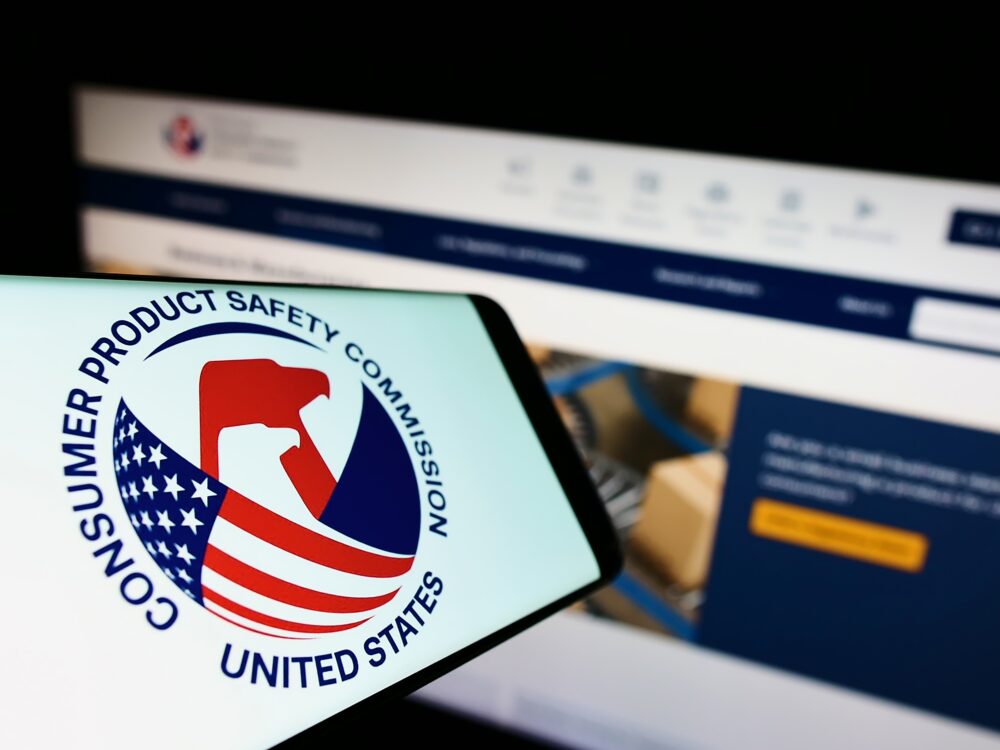Portable Generator Carbon Monoxide Poisoning Risk Outlined in CPSC Report
The carbon monoxide poisoning risk is higher during tropical storm season due to power outtages and the need for portable generators, which are often not used in a safe manner

As the tropical storm season approaches in the United States, federal safety officials have issued new warnings and recommendations designed to avoid the risk of carbon monoxide poisoning from portable generators, which continue to cause dozens of deaths every year.
When homes lose power, it results in widespread use of personal generators, which are gas-powered engines that can be used to provide electricity to certain critical household appliances. However, improper use and ventilation of the portable generators can release toxic carbon monoxide gas into the home, with serious and often fatal consequences..
Carbon monoxide is described as the “silent killer”, since it is a colorless and odorless gas, which is difficult to detect without the use of properly functioning carbon monoxide detectors or alarms. It is produced by the incomplete burning of various fuels, including coal, wood, charcoal, oil, kerosene, propane, and natural gas, and can quickly cause loss of consciousness, brain damage and death.

Learn More About
Exposure to Carbon Monoxide Gas May Cause Permanent Brain Damage, Serious Injury or Death.
Learn More About this Lawsuit SEE IF YOU QUALIFY FOR COMPENSATIONIn a new report issued last week by the U.S. Consumer Product Safety Commission (CPSC), titled “Fatal Incidents Associated with Non-Fire Carbon Monoxide Poisoning from Engine-Driven Generators and Other Engine-Driven Tools 2011-2021, the agency outlined the serious risks associated with portable generators and other gas-powered devices, which have been linked to about 85 deaths every year.
The report found that 81% of the carbon monoxide deaths caused by portable generators occur in the residential setting, and the most common reasons for the use of the generator resulting in fatalities were weather-related power outages, power-shut-offs and consumers attempting to provide power to a cabin, camper, trailer or other temporary location.
Among the fatal events, officials found African Americans were at a higher risk of death, accounting for 23% of all generator-related CO deaths, while only representing 13% of the U.S. population.
The CPSC also released a Public Service Announcement illustrating how quickly carbon monoxide exposure can cause unconsciousness leading to death. The warning was released in a YouTube video showing how one portable generator produces the same amount of carbon monoxide as hundreds of cars.
In the press release issued alongside the fatality report, CPSC officials outlined a series of steps for consumer who plan to use a portable generator to take to prevent fatal CO poisonings. Those recommendations include;
- Never operate a portable generator inside a home, garage, basement, crawlspace, shed or on the porch. Opening doors or windows will not provide enough ventilation to prevent the buildup of lethal levels of CO.
- Operate portable generators outside only, at least 20 feet away from the house, and direct the generator’s exhaust away from the home and any other buildings that someone could enter, while keeping windows and other openings closed in the exhaust path of the generator.
- Check that portable generators have had proper maintenance, and read and follow the labels, instructions, and warnings on the generator and in the owner’s manual.
- Look for portable generators that shut off automatically when high levels of CO are present. Some models with CO shut-off also have reduced emissions. These models may or may not be advertised as certified to the latest safety standards for portable generators- PGMA G300-2018 and UL 2201 – which are estimated to reduce deaths from CO poisoning by 87% and 100%, respectively.
Officials are also encouraging consumers using generators to always use carbon monoxide and smoke alarms in any indoor space and to follow the steps below to ensure they are working properly
Prolonged exposure to carbon monoxide gas may result in mental confusion, vomiting, loss of consciousness and quickly cause death. Individuals exposed to carbon monoxide typically experience symptoms similar to the flu, and those who survive prolonged exposures are commonly left with devastating brain damage that can impact them for the rest of their lives.
According to the U.S. Centers for Disease Control and Prevention, carbon monoxide poisoning kills about 500 people in the U.S. annually, and is linked to about 15,000 emergency room visits, many of which could have been prevented by the use of carbon monoxide detectors and proper maintenance of heating systems and generators.
Get more articles like this sent directly to your inbox.
"*" indicates required fields





0 Comments